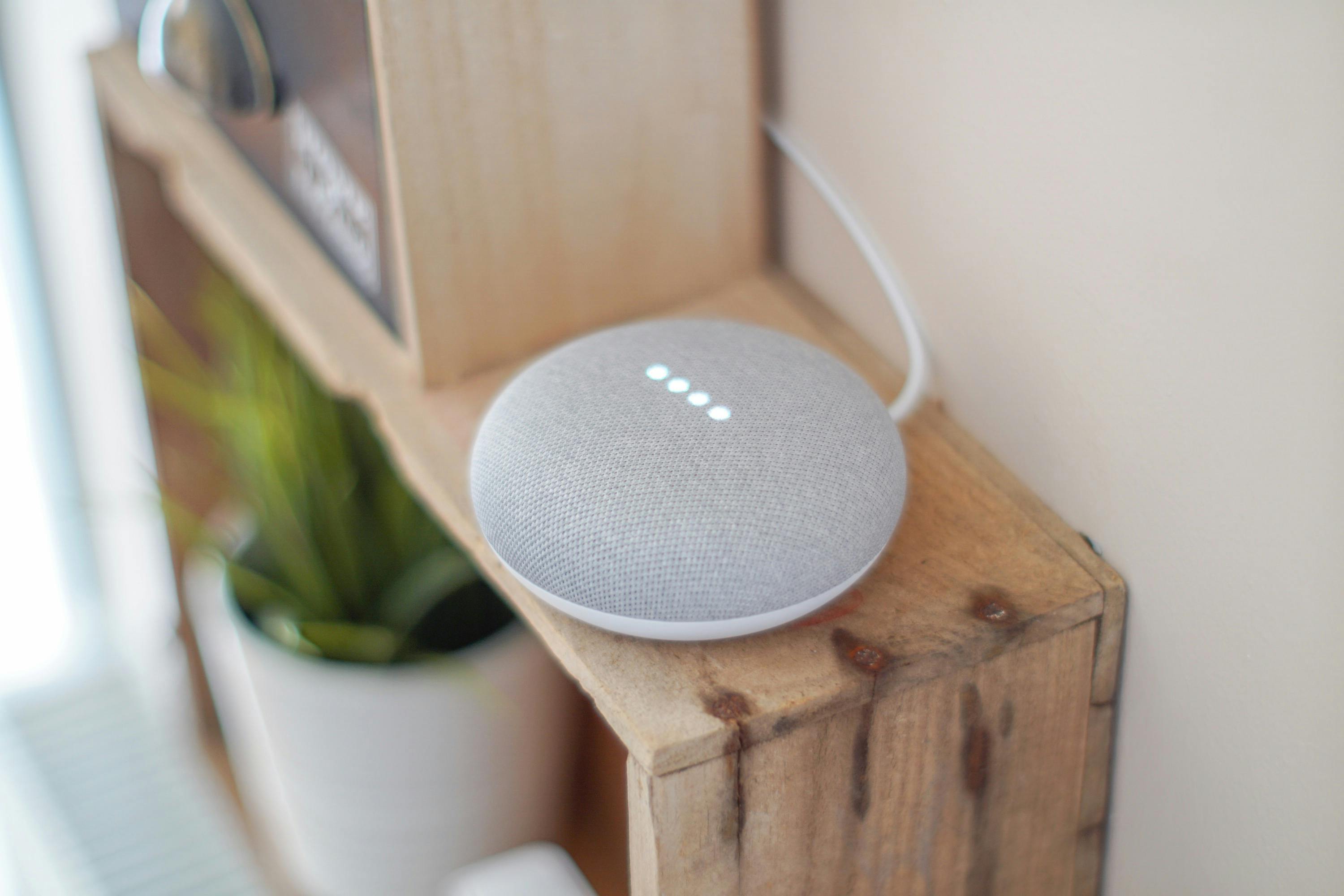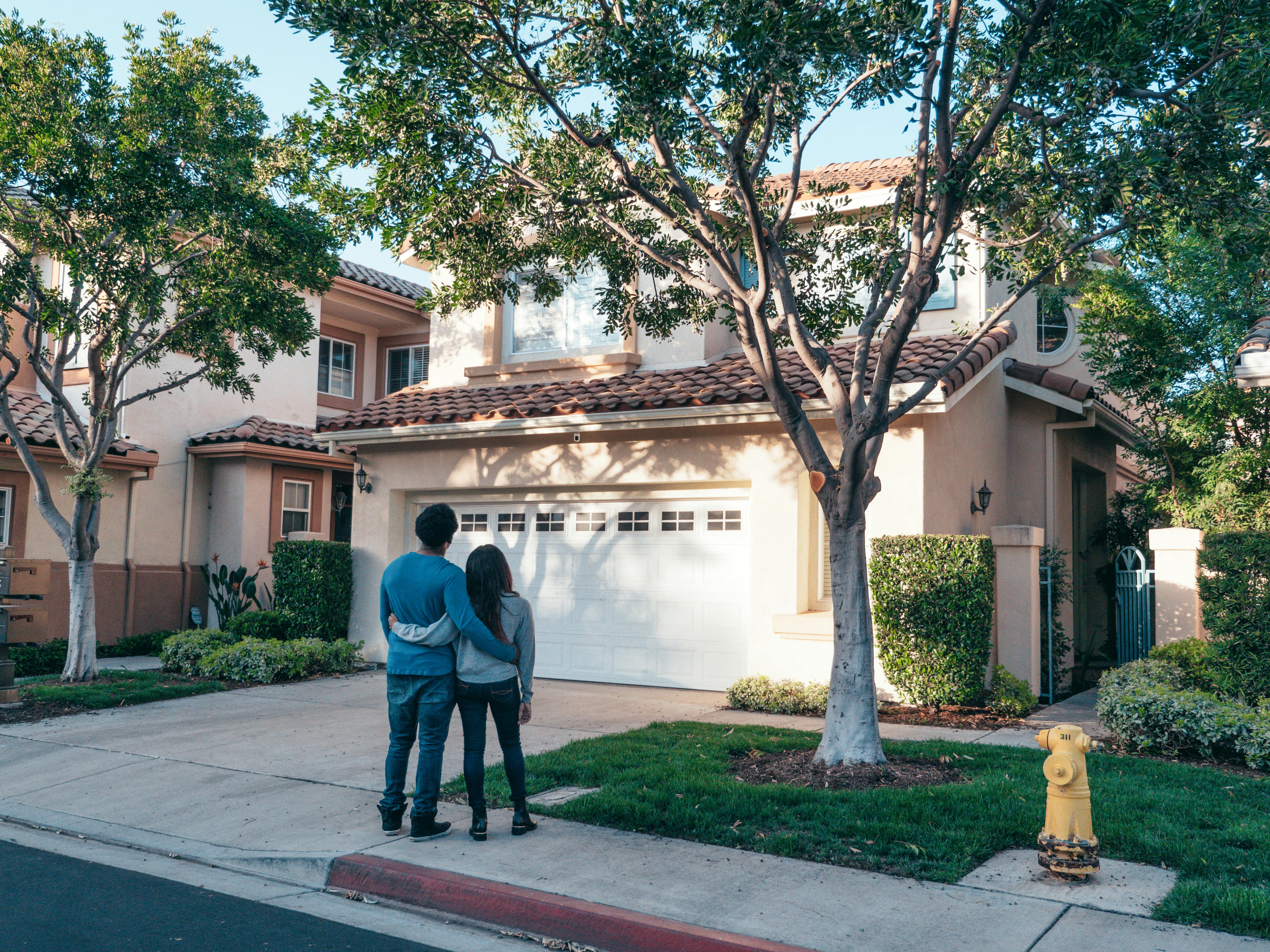Revolutionizing Home Living with Residential IoT Solutions
Imagine a home where every device and system communicates seamlessly, creating a living environment that is not only smart but intuitive. This is no longer the realm of science fiction, thanks to the advancements in residential IoT solutions. These technologies are transforming ordinary homes into smart homes, enhancing comfort, security, and energy efficiency.
- What is Residential IoT?
- Benefits of IoT in Homes
- Key Components of Residential IoT Systems
- Implementing IoT Solutions in Your Home
- The Future of Residential IoT
- Conclusion
What is Residential IoT?
Residential IoT (Internet of Things) solutions refer to a network of devices interconnected and accessible through the internet within a home. These devices range from lighting systems and thermostats to security cameras and kitchen appliances, all designed to communicate information and take actionable commands over a network without human intervention.
Benefits of IoT in Homes

The integration of residential IoT solutions offers numerous advantages, enhancing everyday living by making homes smarter and more efficient. Here are some of the top benefits:
- Enhanced Security: Smart security systems and cameras can be monitored from anywhere in the world, providing real-time updates and alerts.
- Energy Efficiency: IoT-enabled thermostats and lighting systems optimize energy use, substantially lowering utility bills and environmental impact.
- Convenience: Smart devices automate daily tasks. Imagine your coffee maker brewing your morning cup as soon as your alarm goes off or your garage door opening automatically as you drive up the driveway.
- Comfort: Temperature and lighting can be adjusted automatically or controlled remotely, ensuring your home is always welcoming.
Key Components of Residential IoT Systems
Effective residential IoT solutions are comprised of several key components:
- Sensors: These are crucial for gathering data from the environment, such as motion detection or temperature changes.
- Actuators: Devices that carry out actions based on the data received from sensors, like adjusting the thermostat or activating sprinklers.
- Control Systems: The central hub of a smart home, where data is processed and commands are sent out to devices.
- Communication Protocols: These protocols ensure that different devices can communicate effectively, such as Wi-Fi, Zigbee, or Bluetooth.
Implementing IoT Solutions in Your Home
To incorporate residential IoT solutions into your home, start with a clear plan:
- Identify your needs and what you want to achieve with IoT technology.
- Choose interoperable devices that can communicate and function well together.
- Consider a central management platform to easily control all your devices.
- Ensure robust security measures are in place to protect your network and data.
Seeking professional advice or installation may be beneficial, especially for comprehensive systems.
The Future of Residential IoT

The potential for residential IoT solutions is vast, with continuous advancements in technology paving the way for even more innovative and effective systems. Future homes might anticipate needs automatically, adapting everything from lighting to temperature without human input, making life easier and more sustainable.
Conclusion
Residential IoT solutions are more than just gadgets; they are a transformative element for homes that offer remarkable benefits in security, efficiency, and lifestyle. If you’re considering upgrading your home, exploring residential IoT solutions is undoubtedly a wise decision. Embrace the future of home living today and experience a new level of comfort and convenience.

